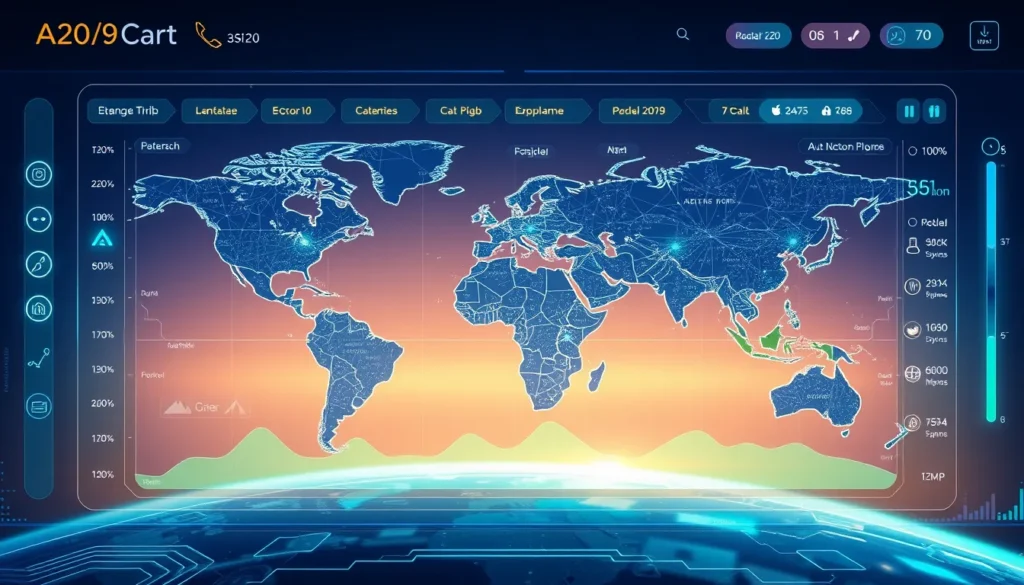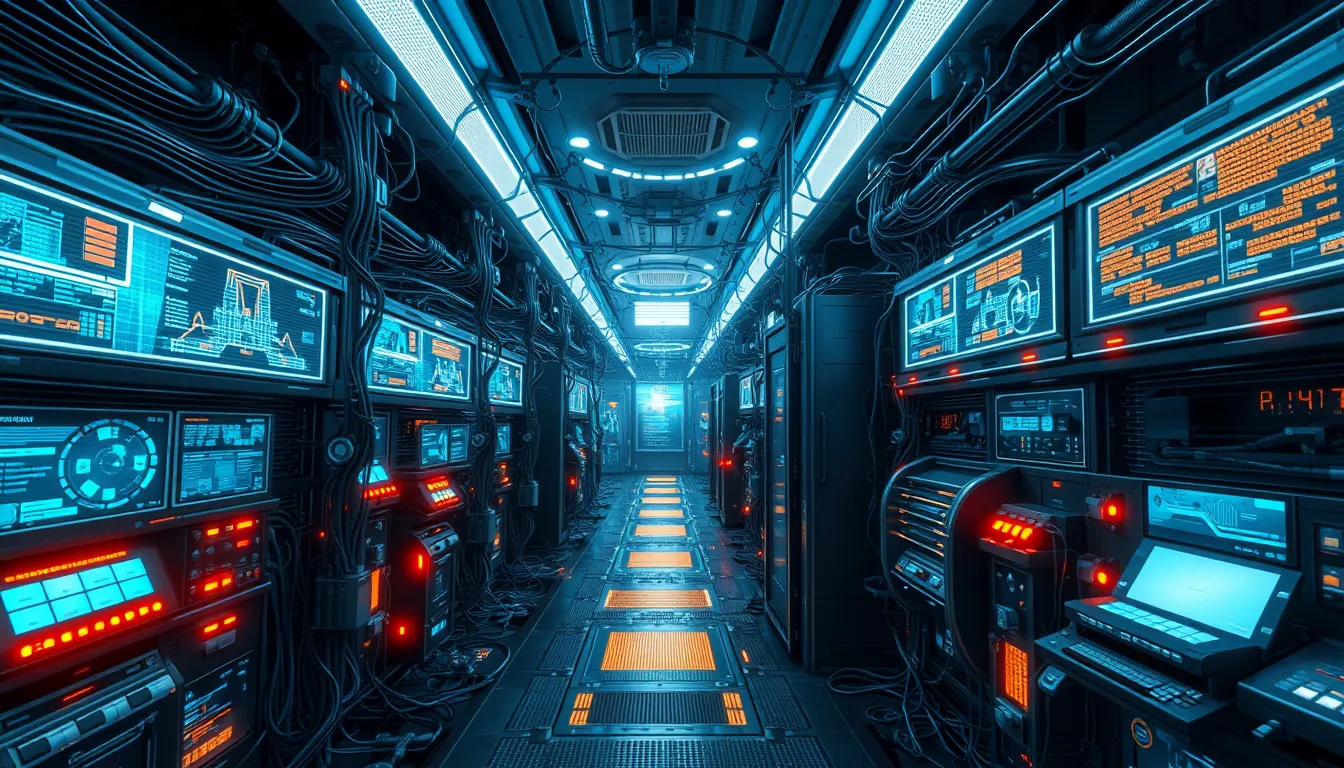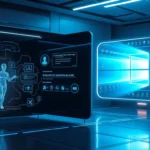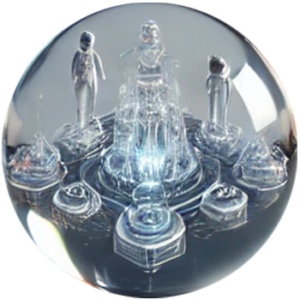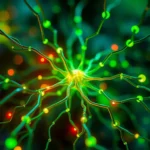Now Reading: Powerful AI in Healthcare Diagnostics: Boosting Patient Care
-
01
Powerful AI in Healthcare Diagnostics: Boosting Patient Care
Powerful AI in Healthcare Diagnostics: Boosting Patient Care

Powerful AI in Healthcare Diagnostics: Boosting Patient Care
Introduction
In today’s rapidly evolving medical landscape, AI in healthcare diagnostics has emerged as a groundbreaking force. Integrating artificial intelligence into healthcare not only enhances diagnostic accuracy but also streamlines patient care. This transformation is paving the way for more precise medical imaging, disease prediction, and overall improved outcomes for patients.
The Evolution of AI in Healthcare
Over the past decade, AI in healthcare diagnostics has undergone significant evolution. Early attempts in computer-aided diagnosis have paved the way for state-of-the-art systems that now utilize deep learning and machine learning algorithms. These advancements allow for real-time analysis of complex medical images and clinical data, leading to faster and more reliable interpretations.
How AI Improves Diagnostic Accuracy
The impact of AI in healthcare diagnostics is evident in several key areas:
- Advanced Imaging Analysis: Modern AI systems can analyze imaging data with high precision, reducing human error and ensuring earlier detection of conditions.
- Rapid Data Processing: AI algorithms can sift through large datasets in seconds, allowing for quicker decision-making and timely intervention.
- Improved Disease Prediction: By recognizing patterns in historical and real-time data, AI enhances the prediction of diseases, thereby providing preventive care opportunities.
This structured approach to diagnostics has enabled numerous hospitals and clinics to integrate AI solutions successfully. The focus on AI in healthcare diagnostics is now more than ever a pivotal element in achieving efficient and cost-effective medical solutions.
Benefits of AI in Healthcare Diagnostics
There are several compelling benefits of harnessing AI in healthcare diagnostics:
- Enhanced Accuracy: AI systems bring a level of consistency and precision to medical testing. By reducing the margin for human error, these systems support clinicians in making more confident decisions.
- Time Efficiency: Automated analyses mean faster turnaround times for test results, which can be critical in emergency scenarios.
- Cost Reduction: By streamlining diagnostic processes, healthcare providers can reduce operational costs while maintaining high-quality care for patients.
- Personalized Treatment Plans: With precise diagnostic tools, doctors tailor treatment plans to individual patient needs, leading to more targeted therapies and better outcomes.
Challenges in Implementing AI Solutions
Despite its promising potential, integrating AI in healthcare diagnostics does present challenges. Key obstacles include data privacy concerns, the need for substantial investments in technology, and the requirement for regulatory standardization. Additionally, training medical staff to interpret AI-generated data is vital for seamless integration. Addressing these issues is essential for maximizing the benefits of AI in healthcare diagnostics.
The Future of AI in Healthcare
The future of AI in healthcare diagnostics looks increasingly promising. With ongoing innovations and improvements in algorithm accuracy, the role of AI is set to expand in several avenues, such as:
- Predictive Analytics: Anticipating disease progression and outcomes becomes possible with greater data integration and machine learning accuracy.
- Remote Diagnostics: AI-powered systems enable telemedicine to offer even more reliable remote diagnostics, a key trend in the post-pandemic era.
- Integration with Wearable Technology: Continuous monitoring through wearable devices in conjunction with AI can provide real-time insights into a patient’s health status.
Innovations are driving a future where AI in healthcare diagnostics not only supports clinical decisions but also paves the way for preventive medicine, ensuring that medical intervention occurs before serious conditions develop.
Overcoming Hurdles for Wider Adoption
For many healthcare providers, the journey toward adopting AI in healthcare diagnostics includes overcoming certain hurdles:
- Investment in advanced infrastructure is necessary.
- Ensuring that patient data is secure while being used for training AI models.
- Continuous professional development for healthcare workers to adapt to new tech.
Addressing these challenges will be a collaborative effort between technology developers, healthcare providers, and regulatory bodies.
Conclusion
In summary, AI in healthcare diagnostics stands at the forefront of medical innovation. With improved imaging analysis, rapid data processing, and enhanced predictive capabilities, AI transforms the landscape of modern medicine. While challenges remain, the continued evolution of AI promises advancements that could not only improve diagnostic accuracy but ultimately save lives. As technology and healthcare continue to intertwine, the future of medical care appears more accurate, efficient, and patient-centric than ever before.
For further reading on how AI transforms the healthcare industry, consider visiting reputable sources such as the official website of the Mayo Clinic or HealthIT.gov.




